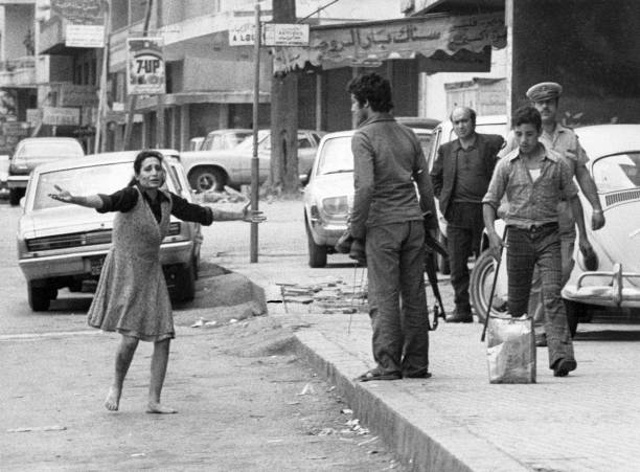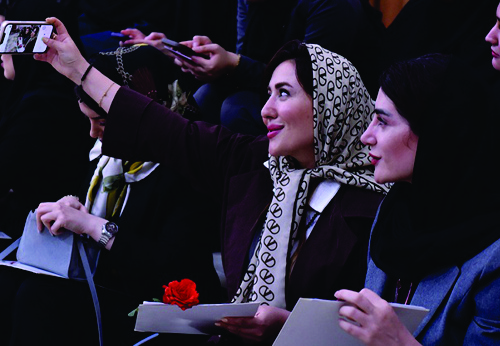The Brutal Lebanese Civil War in Photographs, 1975-1989
 [/caption]
[/caption]
The former Prime Minister Rafiq al-Hariri in 2005, the 2006 war between Hezbollah and Israel, and continued political instability in the country have only added to the sense among many Lebanese that political violence is endemic to their body politic. Since the end of the war, the Lebanese have conducted several elections, most of the militias have been weakened or disbanded, and the Lebanese Armed Forces (LAF) have extended central government authority over about two-thirds of the country.
Following the cease-fire which ended on 12 July 2006 Israeli-Lebanese conflict, the army has for the first time in over three decades moved to occupy and control the southern areas of Lebanon. Lebanon still bears deep scars from the civil war. Saudi Arabia was still recovering from the shock of the assassination the previous month of King Faisal, who on March 25 had been shot by an errant minor member of the royal family.
Still to come that year lay other events of great import, among them the reopening on June 5 of the Suez Canal, eight years after it was closed by the 1967 Arab-Israeli war, and the signing in Geneva on Sept. 4 of the Sinai Interim Agreement, under which Egypt and Israel committed to resolving their territorial differences by peaceful means.
August 28, 2025 | 10:50 pm



